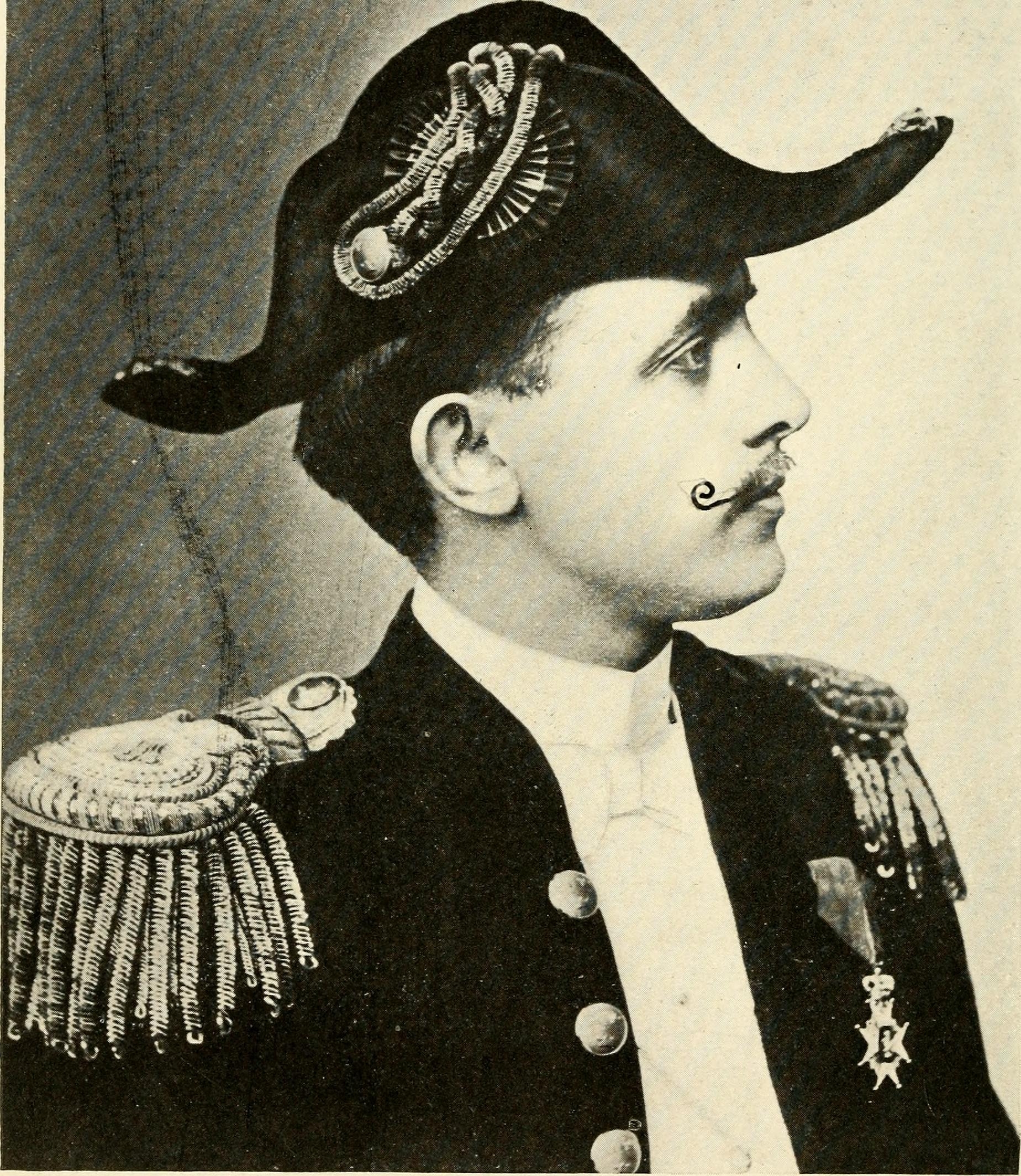Swedish Gymanistics
Jan 18th, 2018 by bachmann

The Swedish gymnastics movement was introduced by Pehr Henrik Ling, who created a system that focused on the integration of healthy bodily development with muscular beauty. To support his system, he invented wall bars, beams, and the box horse. His influence led to another generation of followers and innovators. Baron Nils Posse, is considered the person most responsible for introducing Swedish gymnastics to the United States. Following his graduation from the Ling School, he met and married Massachusetts native, Rose Moore, and settled in Boston with the goal of bringing Swedish gymnastics to Americans. Posse had limited success, until he met the wealthy philanthropist Mary Hemenway. In 1889, Mary Hemenway financed the Boston Conference and selected Posse, as a keynote presenter and representative for Swedish gymnastics, to propose the placement of the Swedish system into U.S. public schools. Posse went on to establish the Posse Gymnasium in 1890. After his untimely death in 1895, his wife Rose left her studies at Radcliffe to oversee the gym. She created the Posse Gymnasium Journal to publicize and share gymnastic developments and trends.
“The Swedish system of gymnastics is distinguished from other methods in the fact that a special apparatus is not absolutely needed for its exercises. If any argument were necessary to prove the hygienic and intellectual benefits of physical exercise, in these days of varied athletics, a scrutiny of the handbook now under notice would excite due enthusiasm. The whole range of gymnastic performance, from the simplest to the most complex exercises, is herein put before the reader with explicit directions for practice, and with a gratifying abundance of illustrations. The fact that the English language has hitherto had no comprehensive manual on the Swedish system is the occasion of the publication ; the official service of Baron Posse confirms his fitness for the authorship of this book of rules; while in mechanical arrangement nothing seems to have been omitted that would induce fondness for gymnastic practice.”
“The author prefers to call this the Swedish system, although it was originated by P. H. Ling; for many improvements- have been made since Ling’s clay, and what he devised has been changed from a personal into a national matter, just as has Jahn’s movement in Germany.”
“In gymnastics it is essential that the dress be loose so as to allow full freedom of motion ; consequently collars and anything tight around the limbs should be removed. As for corsets, it is to be hoped that no one will be rash enough to practise gymnastics while embraced by this enemy of womanly health and beauty. The costume should be light in weight, so that the increase of bodily heat may not become excessive : however, it need not be any thinner than what should commonly be worn in-doors, for such a dress, especially in the winter, should always be light if we wish to avoid taking colds.”
- Description:
- Posse, Nils. The Swedish system of educational gymnastics. Boston : Lee and Shepard, c1890.
- Persistent Link:
- http://nrs.harvard.edu/urn-3:FHCL:1193560
- Repository:
- Widener Library
- Institution:
- Harvard University


